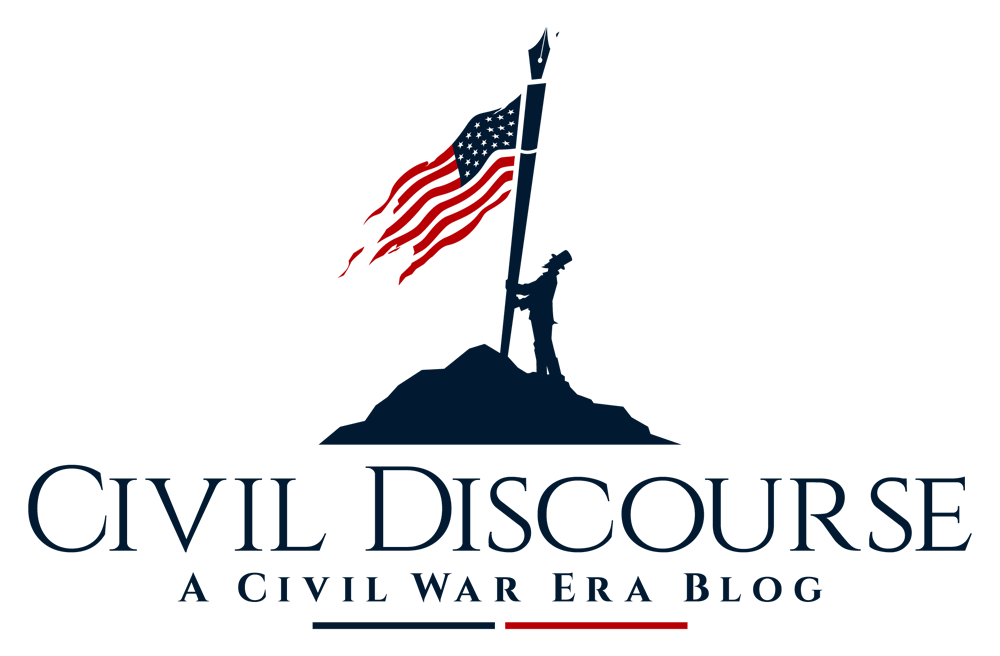In June, Alexander Rose (known for Washington’s Spies which AMC turned into its drama series Turn) released his newest book, Men of War: The American Soldier in Combat at Bunker Hill, Gettysburg, and Iwo Jima. A direct successor of John Keegan’s groundbreaking The Face of Battle, Rose seeks to create the American version by focusing on American troops in the three iconic battles listed in the title. Like Keegan, Rose wrote the book determined to find the common participant’s experience of the battles, instead of a traditional, top-down military history of the tactics and maneuverings of the armies.
In July, the New York Times published a highly critical review of Men of War written by Andrew J. Bacevich. Bacevich tears Rose apart, even stating that were was no creativity or genius in the work. While every book deserves some critiques, his review sparked discussion and debate among historians, prompting a response on H-War from Rose himself.
Read More




















